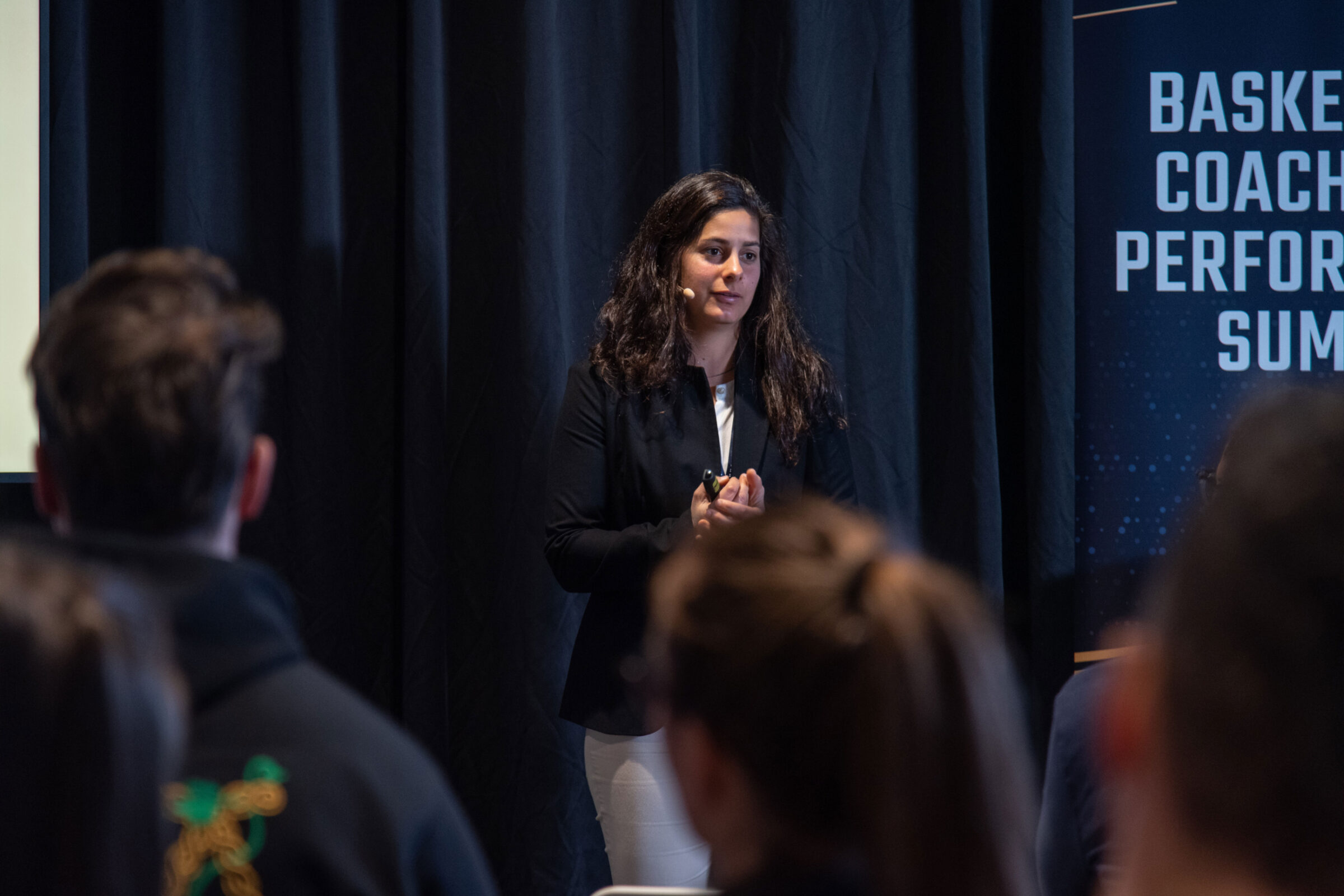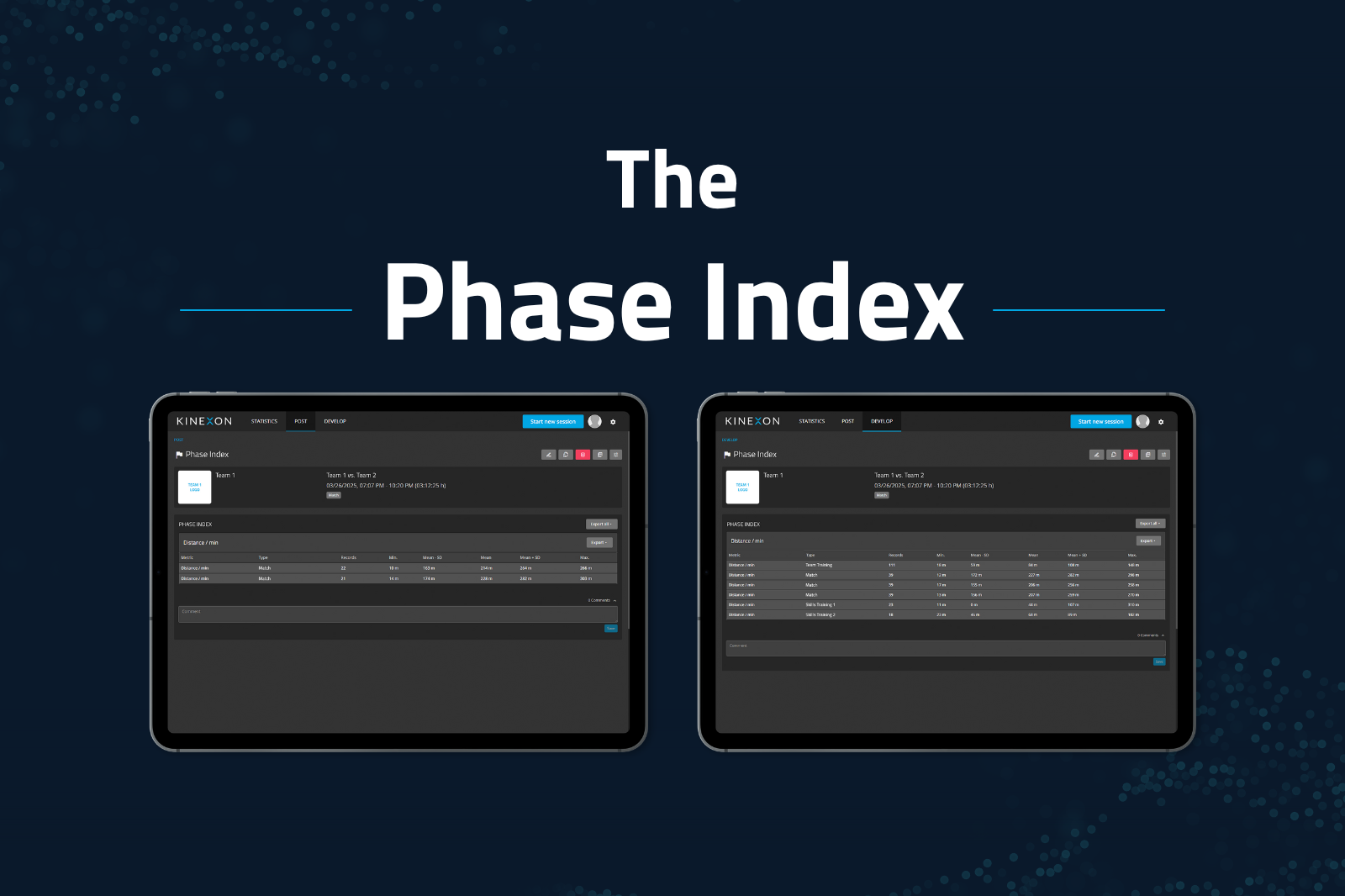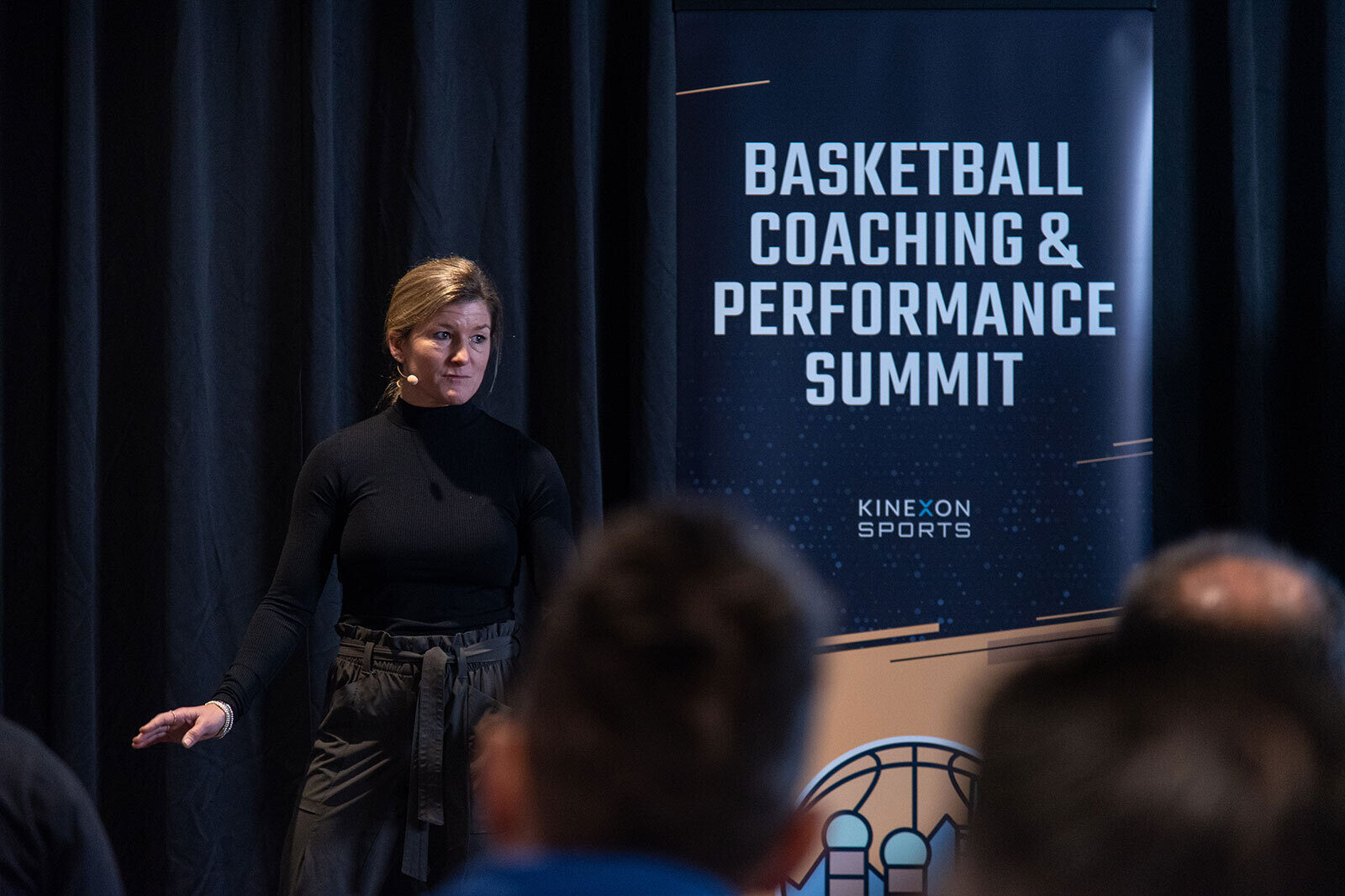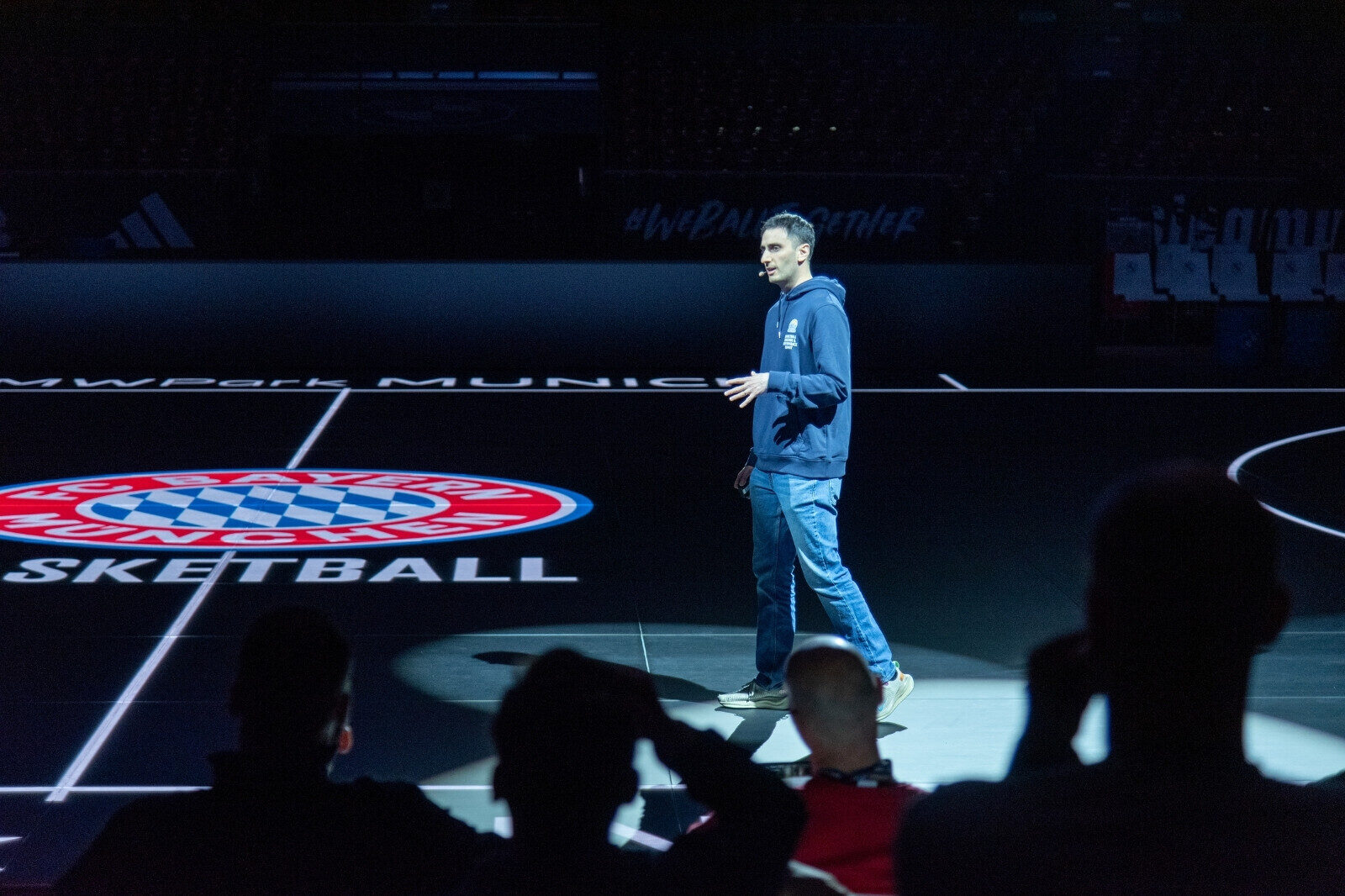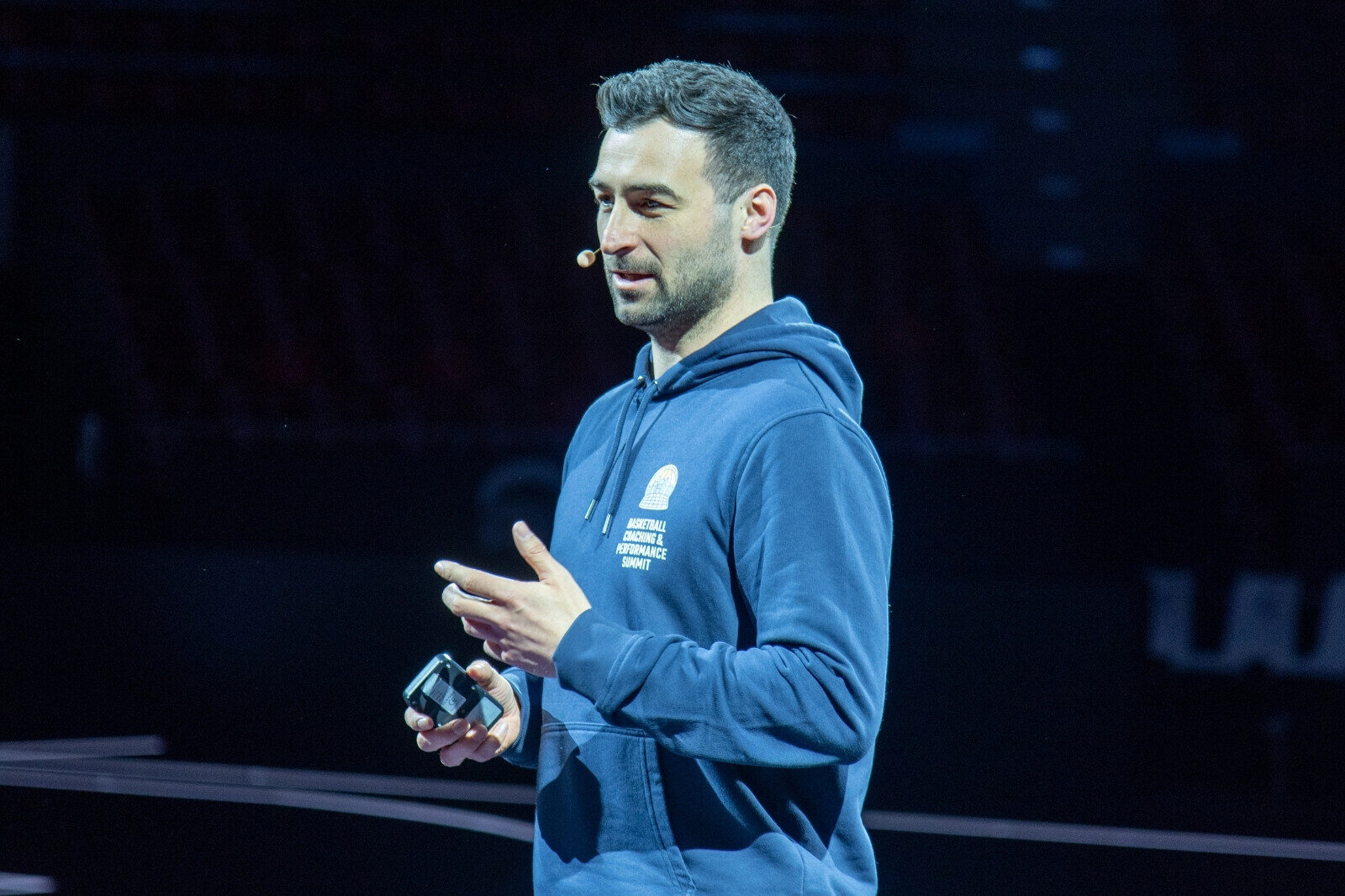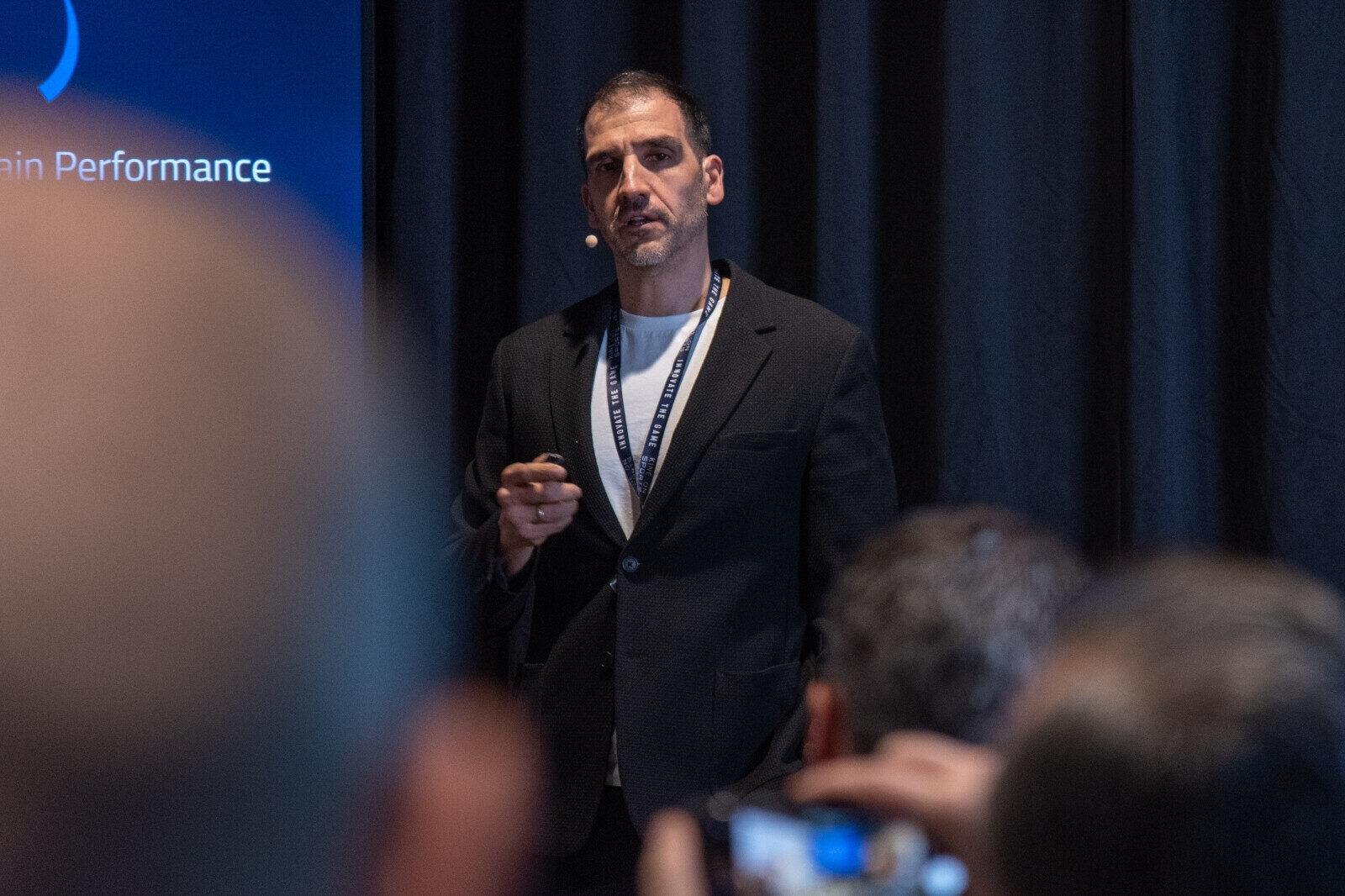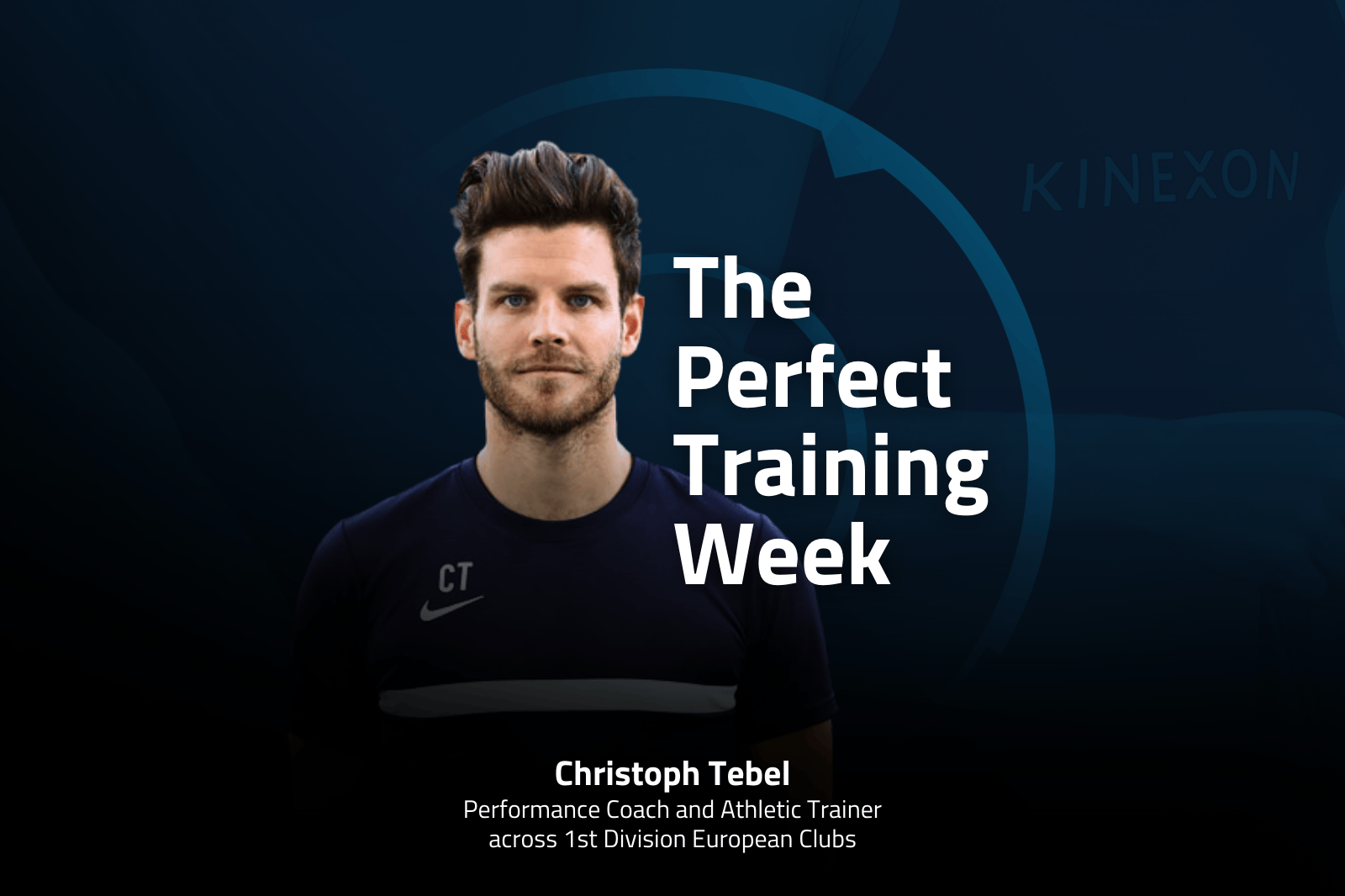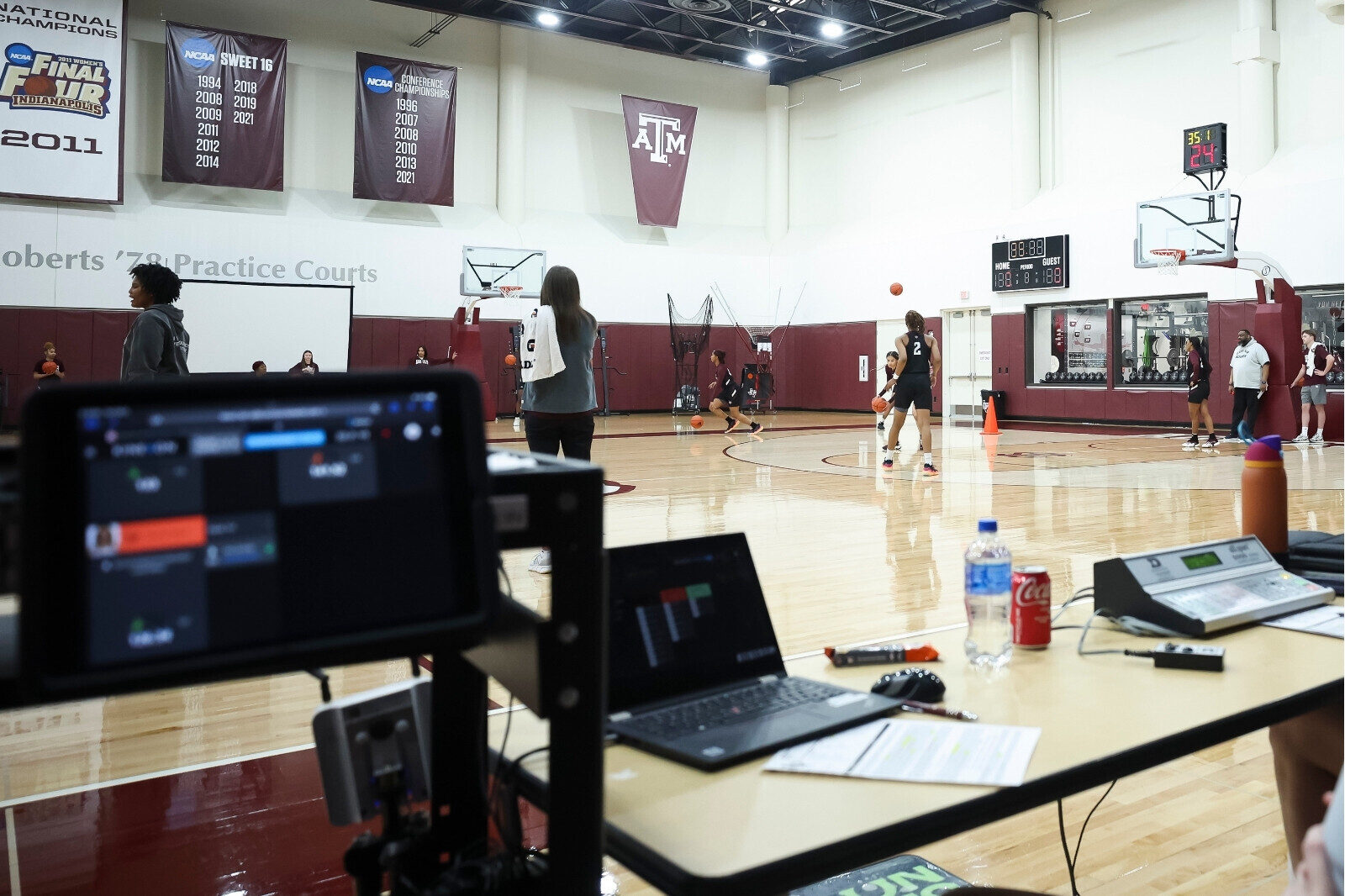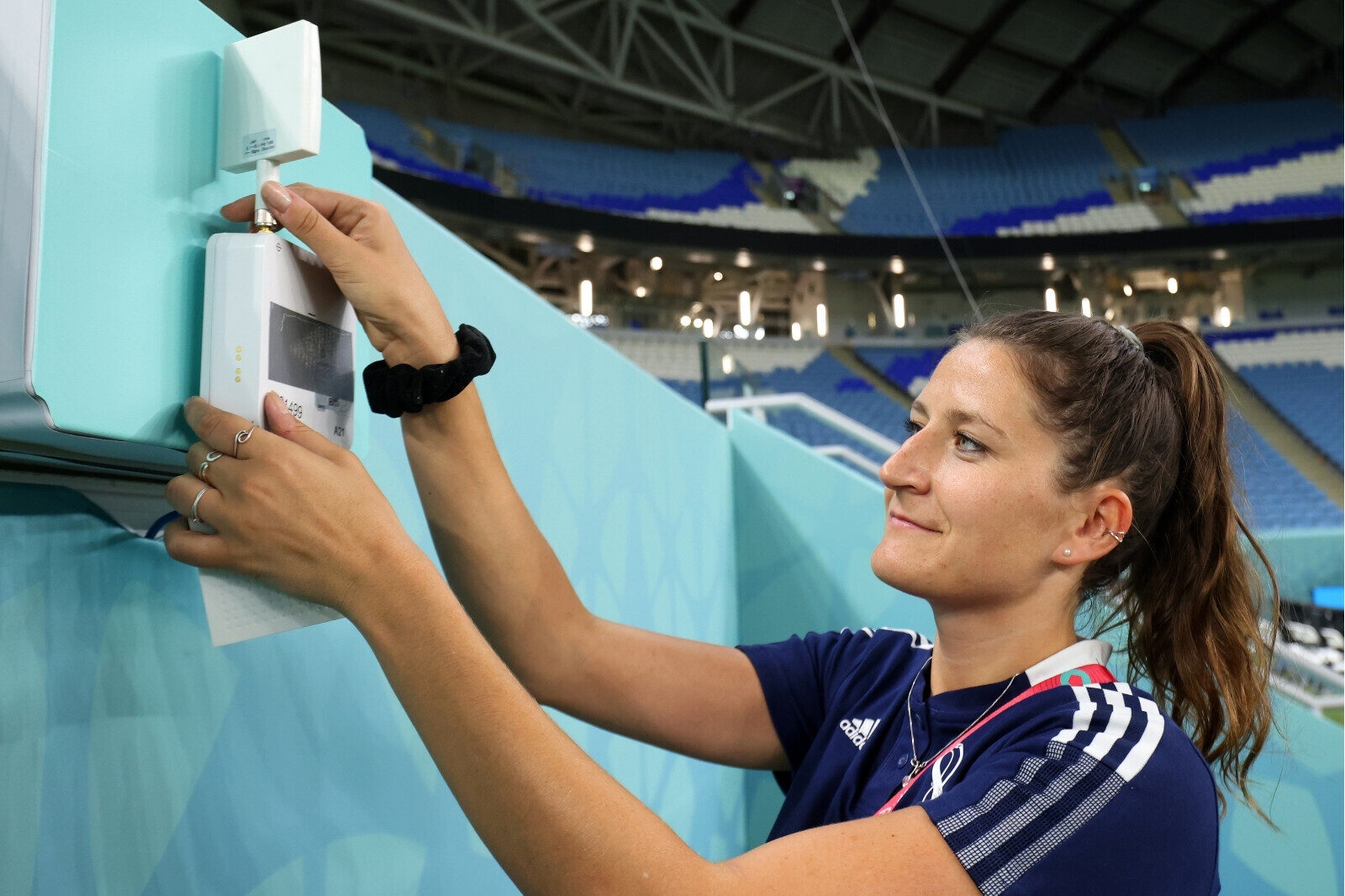Readiness, In-Season Assessment & Recovery: Three Takeaways
Our educational sports webinar sessions on Readiness, In-Season Assessment & Recovery have concluded. We have summarized the most important takeaways for you below.

ChicagoApr 30, 2020
Takeaway 1: How do you know if your loads are correct? How to assess for it
- Not all players are equal. Talent and fitness play a big part in what loads and intensities a player can handle.
- Design assessments that give a clear picture of the strengths and weaknesses for a particular athlete. Use these assessments to design specialized training programs and recovery treatments.
- It is important to assess how an athlete is handling loads and intensities throughout the season; performance capabilities can alter as demands change.
Takeaway 2: Make sure your assessment is giving you the data you need
Review your assessments to see if they answer the questions you are looking for:
- If the drill is time based, does the time a good indicator of capability?
- How can you design time based in-season assessments and not effect typical training patterns?
- Are the athletes giving you max effort during the assessments throughout the season? If not how reliable is the data?
- What movement assessments fit the needs and personality of your team?
Takeaway 3: Using loads and intensity to create recovery treatments
- Recovery should not be the same after every game and practice; based on the loads and intensities, adjust the treatment length and modality.
- There is a wide variety of recovery treatments on the market. Identify which ones fit your needs and incentivizes the players to participate.
To schedule a demo please contact andrew.fopeano@kinexon.com
For more information on this webinar series please contact matt.bontorin@kinexon.com
